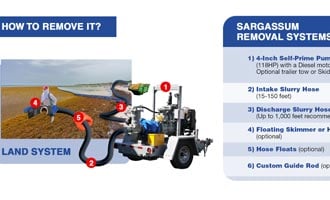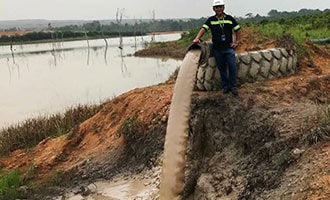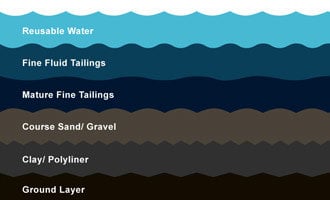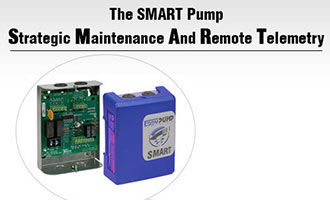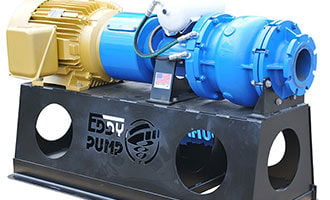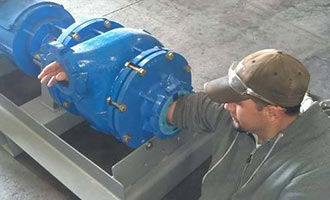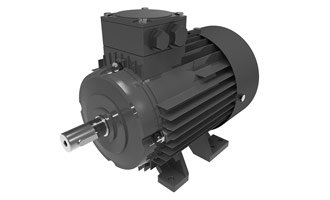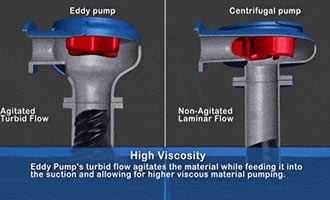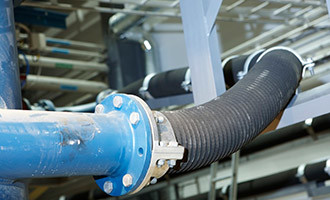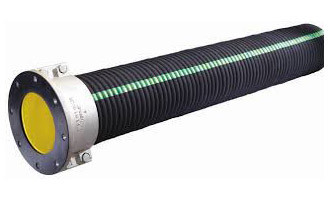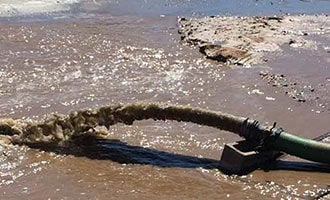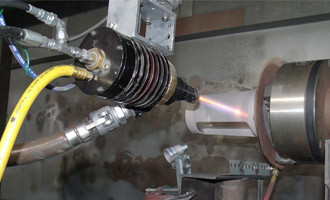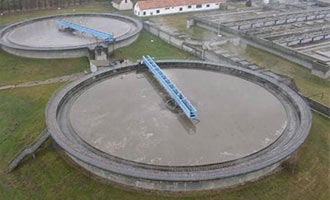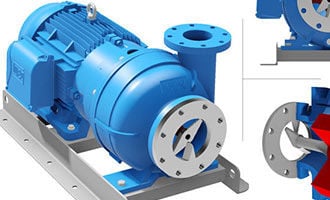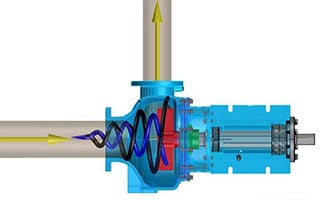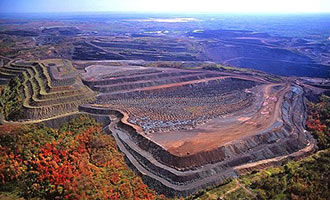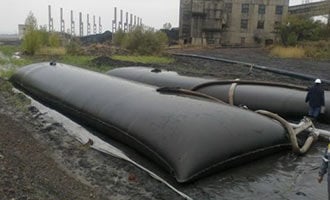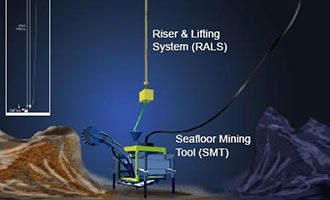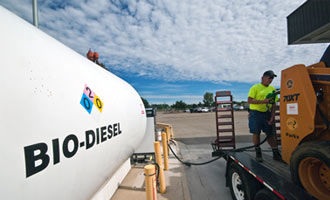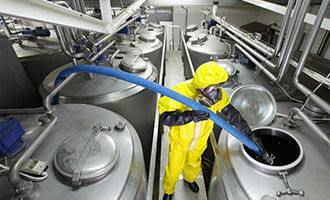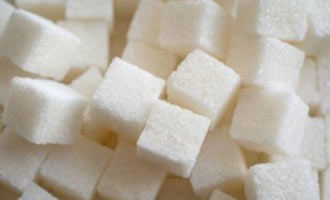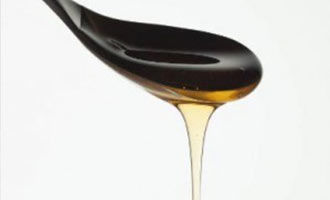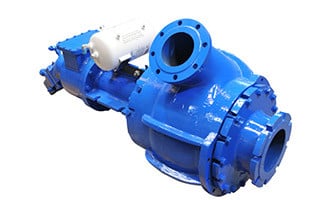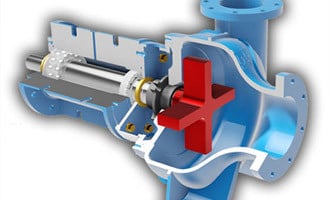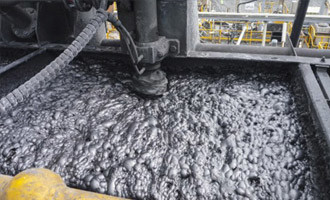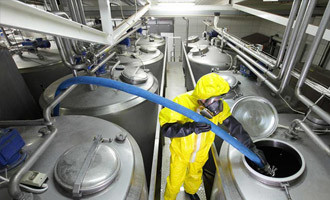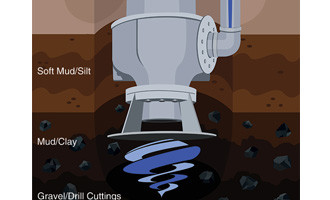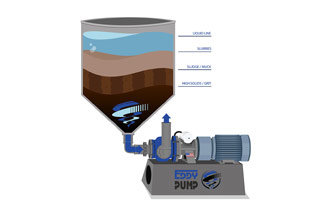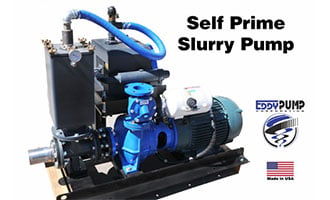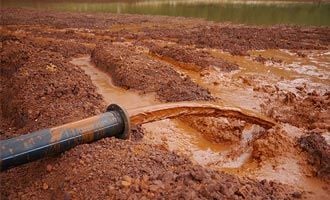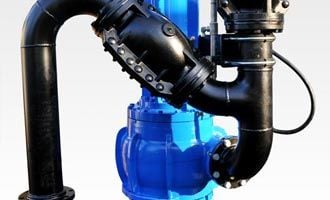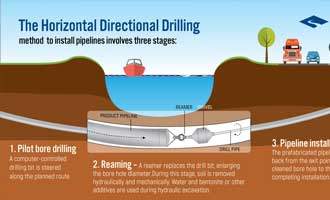Pumping Specific Gravity of Slurries
When solids or more dense liquids are added to water, the specific gravity increases over that of water.The specific gravity of typical dredged slurries will vary between 1.0, when pumping only water, to 1.33 (40% density by weight). As the specific gravity increases such as with coarse sand and gravel, more power will be required to pump it. Less dense materials such as fine sediments and organics require less horsepower (HP). It is important to know the specific gravity of the materials to be dredged to calculate and keep critical velocity so slurry pipelines do not become clogged, stopping operations to unclog the pipeline before continuing.

The smaller the internal diameter of the slurry pipeline is, the faster the material must move through it to keep from settling. For example, if you are moving 1,200 GPM of water through an 8 IN (internal diameter) pipeline, the water travels at 7.6 ft/s. If you move that same 1,200 GPM through a 10 IN pipeline, the slurry travels 4.9 ft/s. The wider pipeline allows slurries to flow at a considerably slower speed.
This means the pipeline size and pump selection are very important when doing initial calculations. Simply changing the pipe size in the field will impact the project and need to be compensated for.
If you are pumping dense solids, like rocks, it is important to get finer solids as well such as dirt because your finer materials will help lift up the heavier solids and assist in transporting rocks all of the way down the pipeline without clogging up, this is in conjunction with having enough turbulence in the flow of your slurry pipeline.
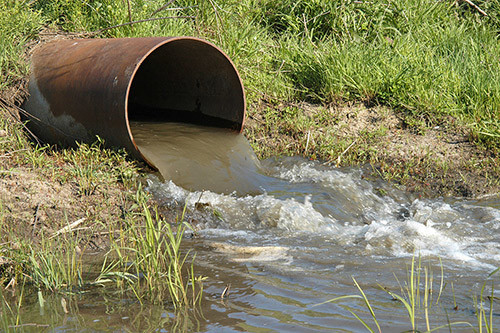
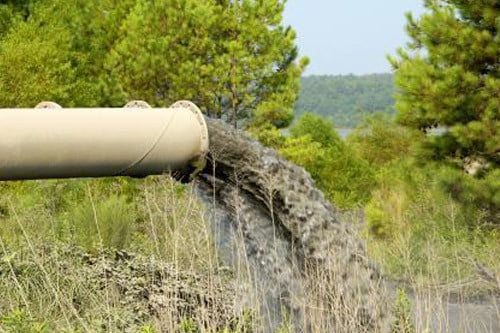
Why EDDY Pumps Are Better – Highlights
This video shows how EDDY Pump transports high slurry and abrasive materials. Featured dredge pump equipment includes the Remote Operated Subdredge, Diver Operated Pump and a Excavator Attachment Dredge Pump.
Order or Get Selection Help
Let our sales or engineering support help in your grit pump and wastewater equipment selection. Call (619) 258-7020
Why EDDY Pumps Are Better - Highlights
This video shows how EDDY Pump transports high slurry and abrasive materials. Featured dredge pump equipment includes the Remote Operated Subdredge, Diver Operated Pump and a Excavator Attachment Dredge Pump.


